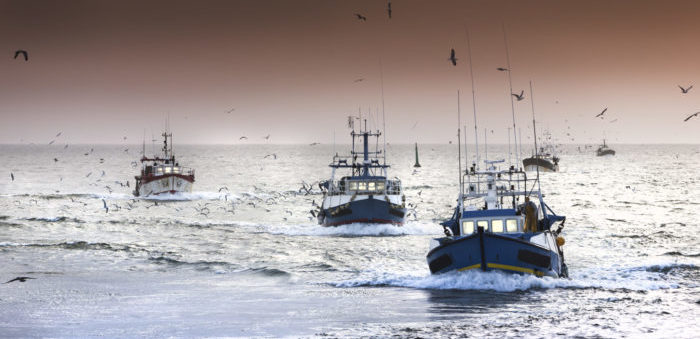A new study, published on Nature Climate Change, attempts to quantify fuel inputs and GHG emissions for the global fishing fleet from 1990–2011 and compare emissions from fisheries to those from agriculture and livestock production.
The study says that food production is responsible for a quarter of anthropogenic GHG emissions globally. However, marine fisheries are typically excluded from global assessments of GHGs or are generalized based on a limited number of case studies.
[smlsubform prepend=”GET THE SAFETY4SEA IN YOUR INBOX!” showname=false emailtxt=”” emailholder=”Enter your email address” showsubmit=true submittxt=”Submit” jsthanks=false thankyou=”Thank you for subscribing to our mailing list”]
The researchers found that fisheries consumed around 40 billion litres of fuel in 2011 and generated a total of 179 million tonnes of CO2-equivalent GHGs, which is 4% of global food production.
Emissions from the global fishing industry increased by 28% between 1990 and 2011, with little increase in production, as the average emissions per tonne grew by 21%.
Growth in emissions was caused mainly by increased harvests from fuel-intensive crustacean fisheries.
The study notes:
The environmental benefit of low-carbon fisheries could be further realized if a greater proportion of landings were directed to human consumption rather than industrial uses.
See further details in the study on fishing industry GHG emissions.






























































